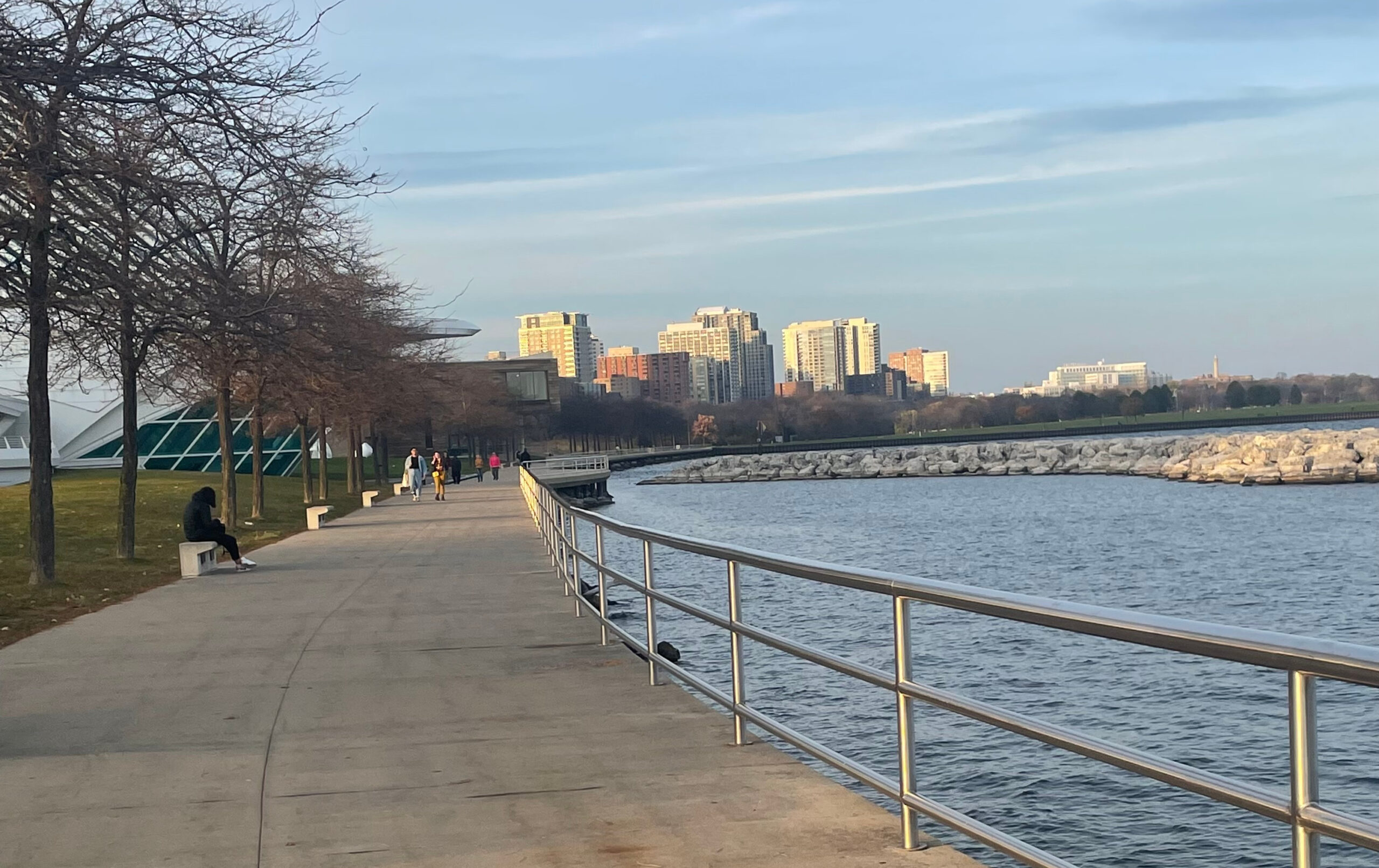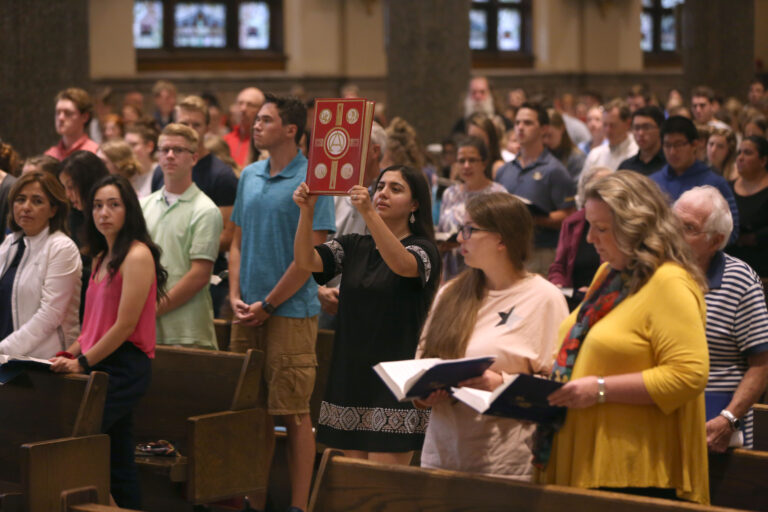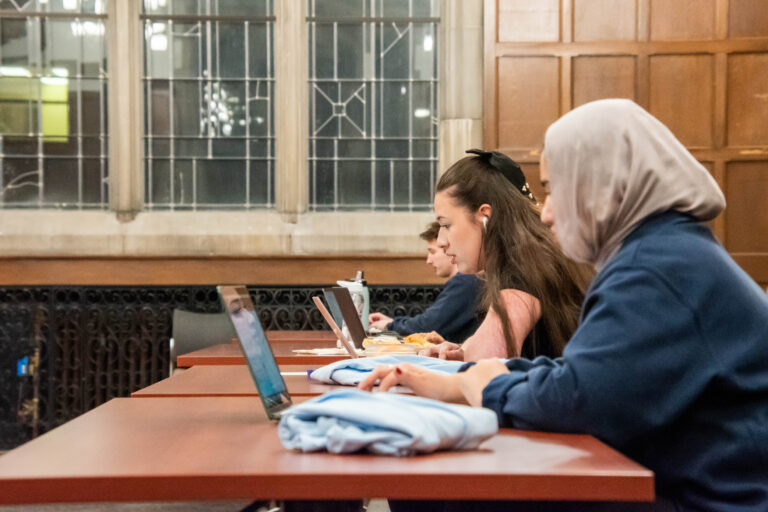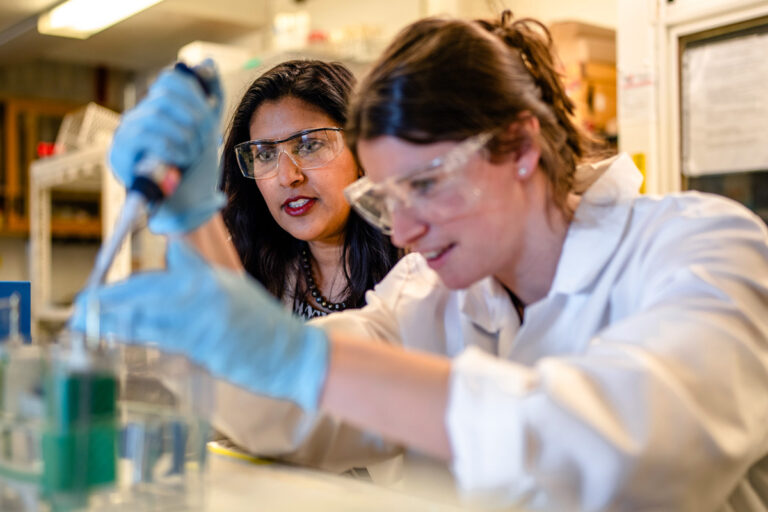In honor of Native American Heritage Month, I took part in the Indigenous Milwaukee tour that came to life as a result of a collaboration between Marquette’s Indigeneity Lab and Historic Milwaukee, Inc. This project creates greater visibility for Indigenous peoples, lands and contributions. It is an opportunity to connect as a community and to create a bridge between residents and visitors and Milwaukee’s rich history.
There are several tours available to the public to explore the city of Milwaukee for free. You simply have to download the Historic Milwaukee, Inc. app on your digital device to participate. The tours are available in English and Spanish. The Indigenous Milwaukee tour covers 8 km and makes 27 stops, all in connection to the Indigenous community of Milwaukee.
To begin the Indigenous Milwaukee tour, there is an acknowledgment that Milwaukee is the homelands and waters of the Menominee, Potawatomi, Ho-Chunk, Fox, Mascouten, Sauk and Ojibwe nations, who remain our host on the land today. The first stop of the tour is the Third Ward Graveyards. This sacred site serves as a tribute and remembrance of the Indigenous burial grounds on which Milwaukee is built.
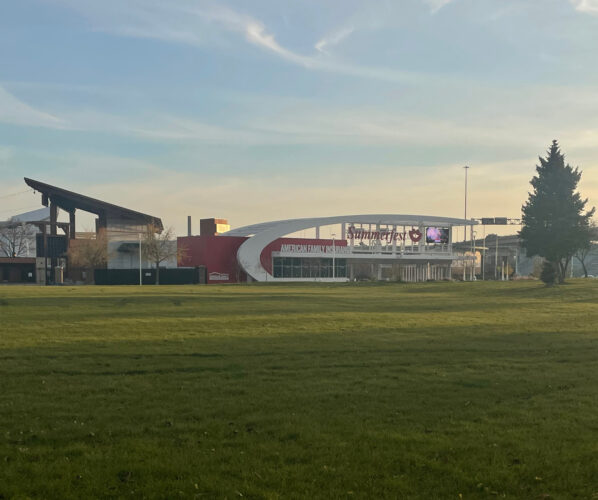
One of the next stops is the Summerfest grounds where many cultural celebrations occur every year. These celebrations include German Fest, Irish Fest, Pride Fest, Polish Fest, Mexican Fiesta and, historically, Indian Summer Festival (which was held annually between 1987-2018). Sequentially the tour leads you along Michigan’s lakefront as brief messages share insightful history on the locations along the way.
One of the voices you will hear narrating the tour is Jacqueline Schram, director of public affairs and special assistant for Native American affairs in the Office of Institutional Diversity and Inclusion, an enrolled member of Sagkeeng First Nation in Manitoba, Canada. Schram has been part of Marquette University for 15 years and shared that “it has been an extraordinary time. … When I came to Milwaukee in 1990, I didn’t see the Indigenous community right away. I had no idea where they were. I came from a province where our Indigenous community was very active politically and socially.” There was visibility and connections, especially because “I had my family and relations around.”
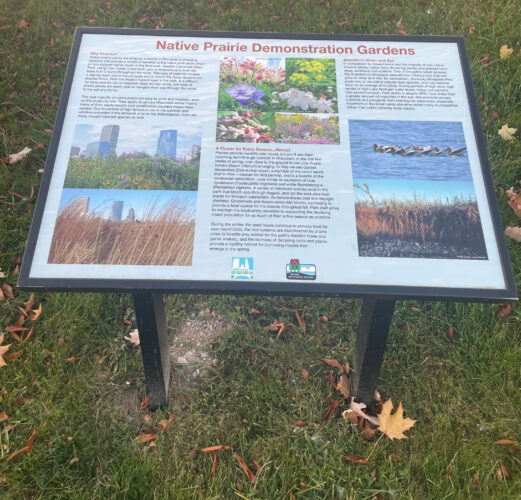
Though it took some time, Schram did connect with Milwaukee’s strong, vibrant Indigenous community. She has also been instrumental in connecting Marquette to Wisconsin’s Tribal Nations, and in the collaborative development of the Indigeneity Lab, a program for undergraduates to research Indigenous topics.
One of the faculty advisors in the Indigeneity Lab who was essential to bringing the Indigenous Milwaukee tours to life is Dr. Bryan Rindfleisch, associate professor of history in the Klingler College of Arts and Sciences. Historic Milwaukee, Inc. approached Rindfleisch with the idea. He, together with other faculty members, applied for a grant with the Wisconsin Humanities Council, which ultimately funded the project.
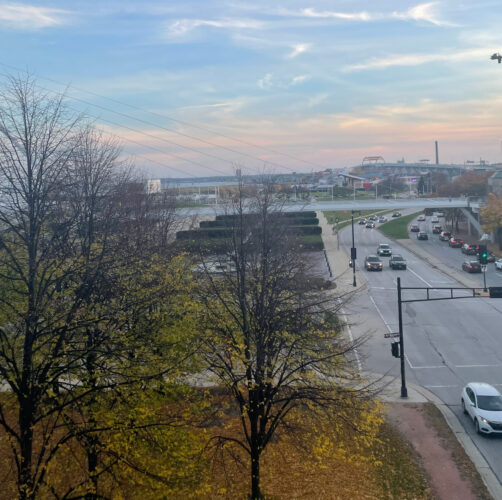
Rindfleisch, who teaches Native American and early American history, works to shed light on the importance of the Indigenous community – both historically and currently – and the lack of representation Indigenous peoples face. The Indigenous community is too often referred to in the past tense, and even within our educational system, Native American topics are often only related to historical events. There is a failure to acknowledge these peoples as active members of our communities. This project presented an opportunity to connect the city to its Indigenous history and to create a path for everyone to learn more about the present Indigenous communities in Milwaukee.
Rindfleisch shared, “This tour helps the message, and the history gets amplified. In a semester, maybe I reach 100 bodies. And now we could reach hundreds if not thousands. Not just people from Milwaukee, but people who are visiting and trying to learn more about the city.” The hope to expand the accurate knowledge of Native American history and heritages seems brighter.
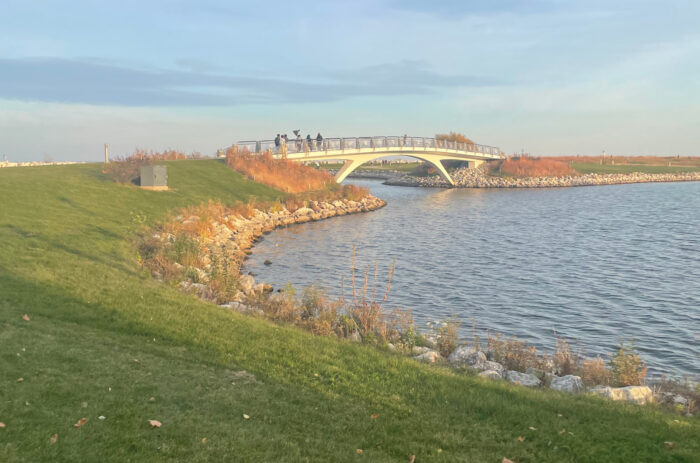
Speaking to these passionate individuals and engaging in the tour has been eye-opening. I was ignorant to the fact that Milwaukee is built on Indigenous burial sites. It’s a hard truth that makes me appreciate every step I take even more. It pushes me to consciously acknowledge the community that made Milwaukee their home first and reminds me of our host on the land. The Indigeneity Lab’s Indigenous Milwaukee tour goes beyond Marquette. It’s a way to connect all the individuals in our communities and those who visit. Accurately portraying the history and acknowledging the presence, identity and contribution of Native Americans is vital to Milwaukee’s identity.
